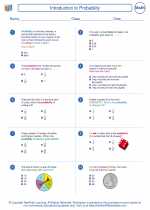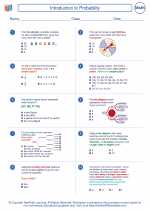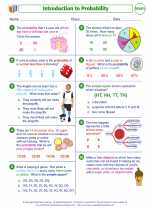Inconsistent System
An inconsistent system of linear equations is a system in which the equations have no common solution, i.e., they do not intersect at a single point. This means that the system has no solution or has infinitely many solutions. Inconsistent systems occur when the lines represented by the equations are parallel and never intersect.
Characteristics of an Inconsistent System:
- The system has no solution.
- When graphed, the lines represented by the equations are parallel.
- The determinant of the coefficient matrix is zero.
Example:
Consider the following system of linear equations:
2x + 3y = 10
4x + 6y = 15
When we simplify the second equation, we get:
2x + 3y = 7
By comparing the two equations, we can see that they represent the same line. Therefore, this system is inconsistent and has no solution.
Study Guide:
When dealing with inconsistent systems of linear equations, it's important to understand the following key points:
- Recognizing Inconsistency: Learn to identify when a system of linear equations is inconsistent by comparing the equations and determining if they represent parallel lines.
- Determinant: Understand the role of the determinant of the coefficient matrix in determining the nature of the system (i.e., consistent, inconsistent, or having infinitely many solutions).
- Graphical Representation: Practice graphing the equations to visualize whether they intersect at a single point or are parallel, which indicates inconsistency.
- Solving Methods: Explore different methods for solving inconsistent systems, such as substitution, elimination, or using matrices, to understand why these methods fail to produce a unique solution in such cases.
By mastering these concepts, you'll be able to confidently identify, analyze, and work with inconsistent systems of linear equations.
[Inconsistent System] Related Worksheets and Study Guides:
.◂Math Worksheets and Study Guides Seventh Grade. Introduction to Probability

 Worksheet/Answer key
Worksheet/Answer key
 Worksheet/Answer key
Worksheet/Answer key
 Worksheet/Answer key
Worksheet/Answer key
 Worksheet/Answer key
Worksheet/Answer key
